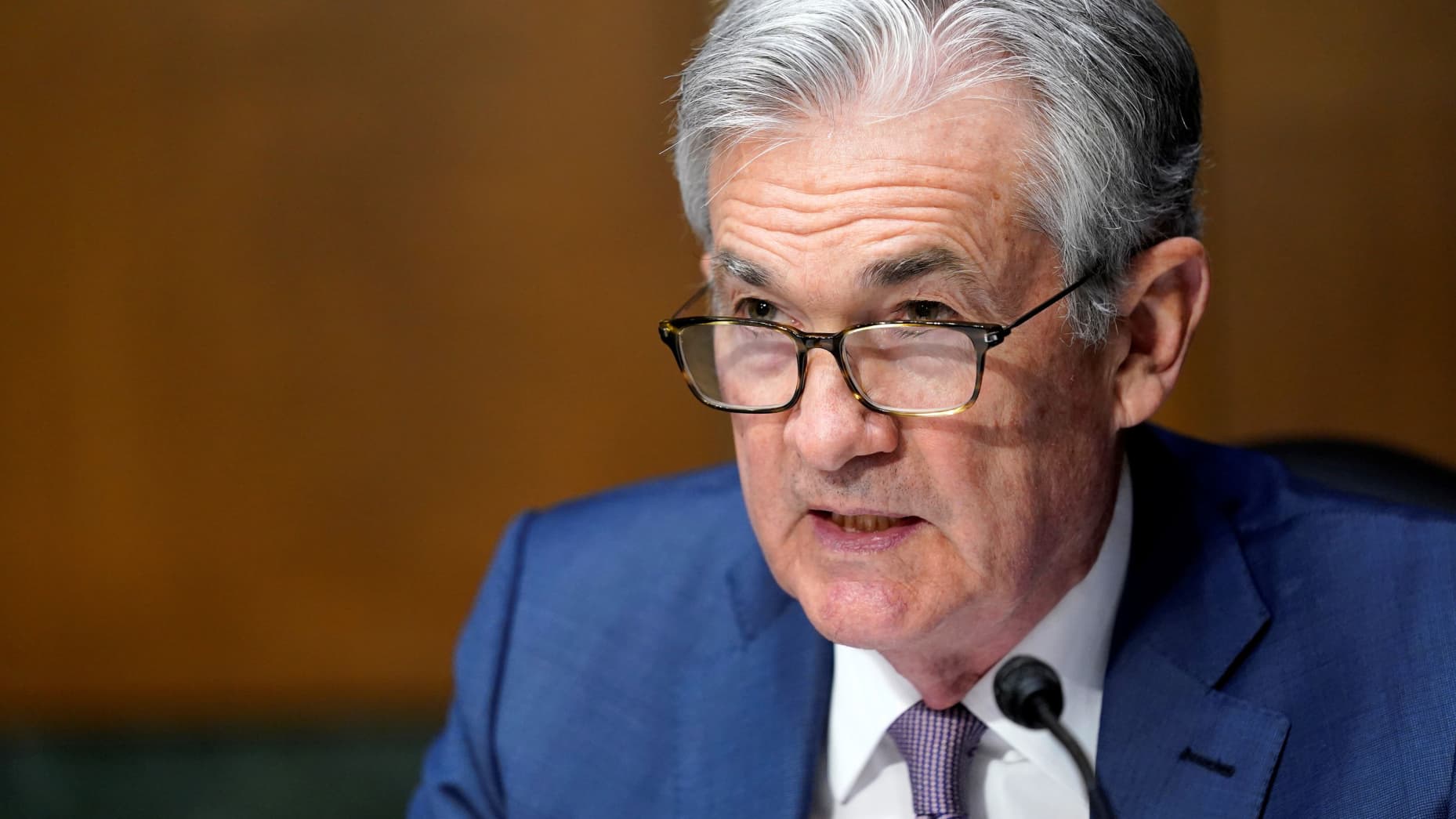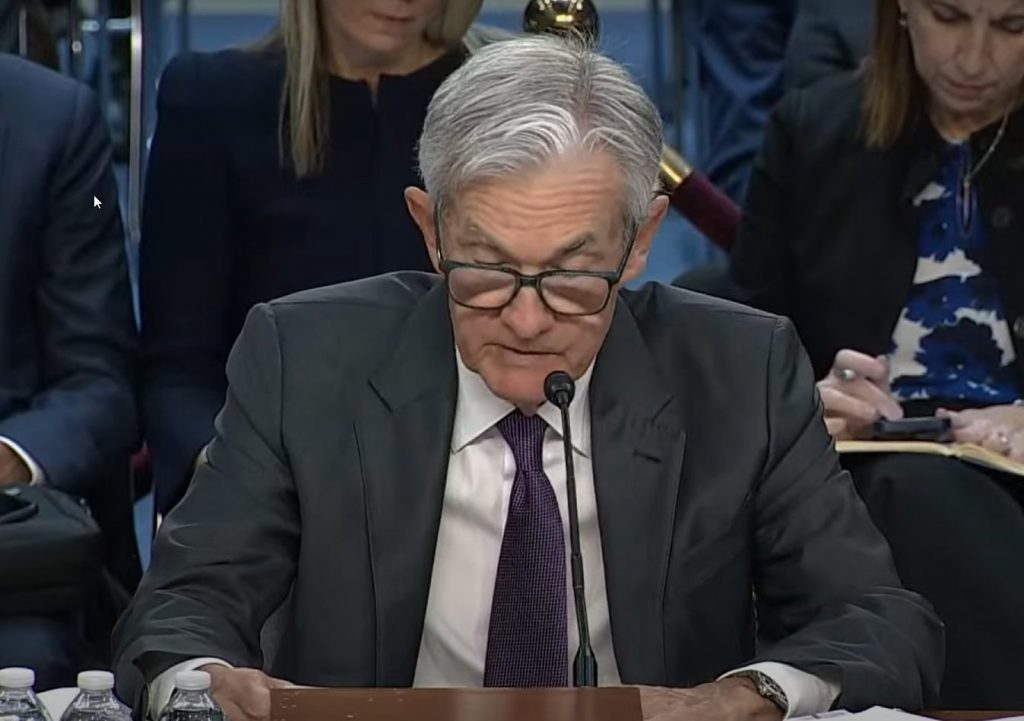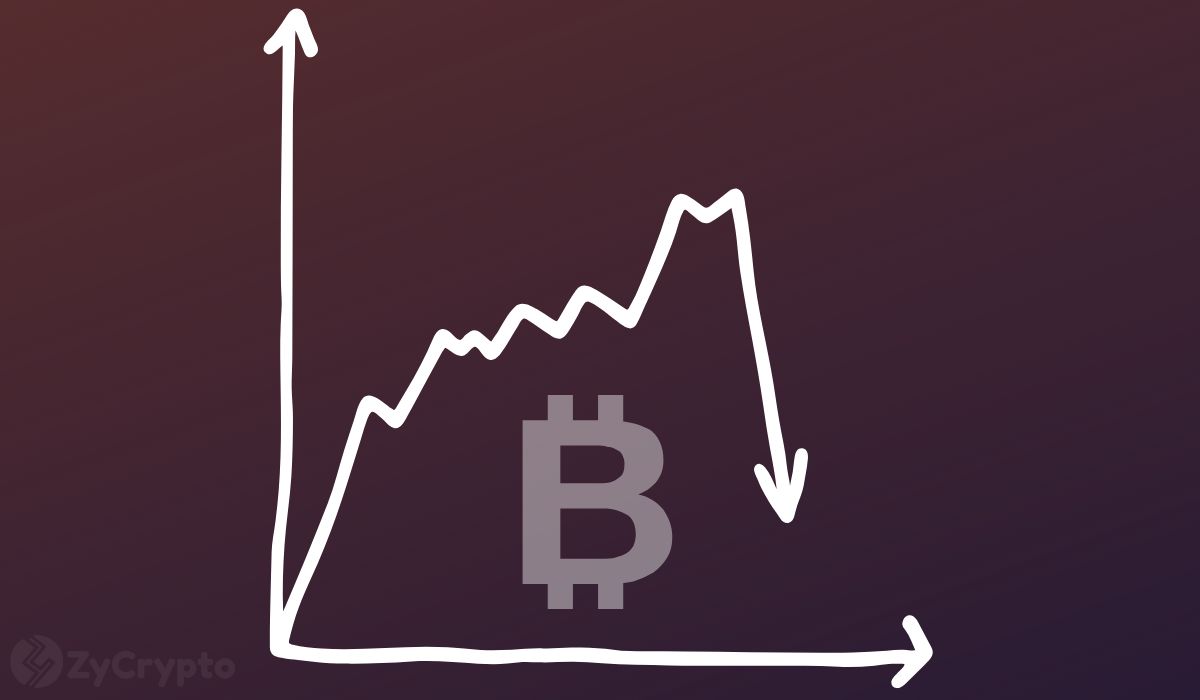Jerome Powell Just Warned of Market Crash: Too Soon to Cut Rates

Jerome Powell’s market crash warnings sent stocks tumbling after his Wednesday speech at Chicago’s Economic Club. The Federal Reserve Chair has indicated that it’s probably too early to cut interest rates right now amid all the uncertainty over President Trump’s new tariff policies and their economic impact.
Also Read: Pi Network: How to Be a Millionaire at $2.10 by 2025 & Beyond
How Federal Reserve’s Tariff Concerns & Market Volatility Could Impact Your Investments

Powell Signals Patient Approach
The Federal Reserve impact was felt immediately as Powell emphasized the need to carefully assess how the newly proposed tariffs might affect the broader economy. Market volatility has intensified, with the S&P 500 dropping over 2% following his remarks on Wednesday.
Powell stated:
“For the time being, we are well positioned to wait for greater clarity.”
His comments about tariffs being “significantly larger than anticipated” highlighted the serious inflation concerns that many Fed officials have been expressing in recent meetings.
Challenging Economic Scenario
Powell warned of a difficult situation that could emerge if both inflation and unemployment were to rise at the same time, creating a real dilemma for the Federal Reserve impact on monetary policy decisions.
Powell explained:
“Our tool only does one of those two things at the same time.”
Also Read: Wednesday Wipeout: Nvidia (NVDA) Drops 6.9% After $5.5B Hit From AI Export Ban
Market volatility has continued pretty much unabated since April 2, when President Trump announced sweeping tariffs, only to then suspend most of them about a week later. These Jerome Powell market crash warnings emphasized how tariff-induced inflation “could also be more persistent” than many analysts are currently predicting.
Fed Officials Divided
Investment strategies remain complicated by the differing views within the Fed itself. While some officials seem to prioritize fighting inflation concerns above all else, others are definitely more worried about an economic slowdown and its consequences.
Powell cautioned about historical parallels:
“The Smoot-Hawley tariffs were actually not this large and they were 95 years ago. So there isn’t a modern experience of how to think about this.”
Fed governor Christopher Waller has indicated he would support cutting rates “sooner, and to a greater extent than I had previously thought” if economic conditions deteriorate significantly.
Despite some recent solid economic data, such as good hiring numbers and cooling inflation in March, consumer confidence has actually plunged quite dramatically. The Federal Reserve impact on markets will continue to unfold as officials try to balance inflation concerns against growth in the coming months.
Jerome Powell Just Warned of Market Crash: Too Soon to Cut Rates

Jerome Powell’s market crash warnings sent stocks tumbling after his Wednesday speech at Chicago’s Economic Club. The Federal Reserve Chair has indicated that it’s probably too early to cut interest rates right now amid all the uncertainty over President Trump’s new tariff policies and their economic impact.
Also Read: Pi Network: How to Be a Millionaire at $2.10 by 2025 & Beyond
How Federal Reserve’s Tariff Concerns & Market Volatility Could Impact Your Investments

Powell Signals Patient Approach
The Federal Reserve impact was felt immediately as Powell emphasized the need to carefully assess how the newly proposed tariffs might affect the broader economy. Market volatility has intensified, with the S&P 500 dropping over 2% following his remarks on Wednesday.
Powell stated:
“For the time being, we are well positioned to wait for greater clarity.”
His comments about tariffs being “significantly larger than anticipated” highlighted the serious inflation concerns that many Fed officials have been expressing in recent meetings.
Challenging Economic Scenario
Powell warned of a difficult situation that could emerge if both inflation and unemployment were to rise at the same time, creating a real dilemma for the Federal Reserve impact on monetary policy decisions.
Powell explained:
“Our tool only does one of those two things at the same time.”
Also Read: Wednesday Wipeout: Nvidia (NVDA) Drops 6.9% After $5.5B Hit From AI Export Ban
Market volatility has continued pretty much unabated since April 2, when President Trump announced sweeping tariffs, only to then suspend most of them about a week later. These Jerome Powell market crash warnings emphasized how tariff-induced inflation “could also be more persistent” than many analysts are currently predicting.
Fed Officials Divided
Investment strategies remain complicated by the differing views within the Fed itself. While some officials seem to prioritize fighting inflation concerns above all else, others are definitely more worried about an economic slowdown and its consequences.
Powell cautioned about historical parallels:
“The Smoot-Hawley tariffs were actually not this large and they were 95 years ago. So there isn’t a modern experience of how to think about this.”
Fed governor Christopher Waller has indicated he would support cutting rates “sooner, and to a greater extent than I had previously thought” if economic conditions deteriorate significantly.
Despite some recent solid economic data, such as good hiring numbers and cooling inflation in March, consumer confidence has actually plunged quite dramatically. The Federal Reserve impact on markets will continue to unfold as officials try to balance inflation concerns against growth in the coming months.

